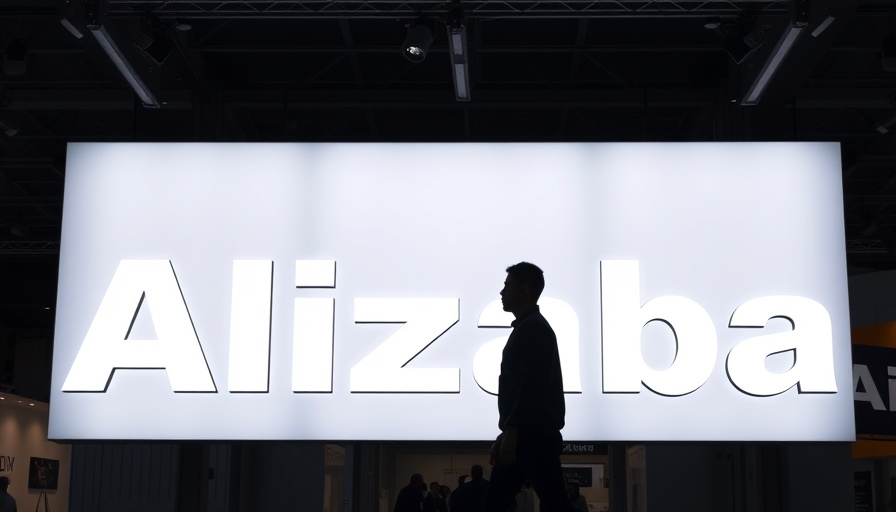
Thrifting Takes Center Stage in a Shifting Market
According to Pinterest's latest trend report, thrifting is not just a fad—it's a significant business driver, influencing fashion and home decor. This rise in secondhand shopping can be credited largely to Gen Z, who have embraced thrift culture with enthusiasm. The report indicates a staggering 550% increase in searches for "dream thrift finds" and a 1,074% surge for "vintage autumn aesthetic"—underscoring their preference for sustainable options that allow for unique self-expression.
Men Join the Thrifting Movement
The thrifting trend is not limited to women; men are quickly catching on. Searches for “secondhand outfits for men” have jumped 31%, while the demand for vintage luxury watches has spiked by 82%. This shift signifies a broader acceptance of thrift shopping among male consumers, highlighting a growing inclination toward sustainability and personalization in their shopping habits.
The Economic Impact of Thrifting
In a world where inflation and increased tariffs threaten consumer budgets, thrifting offers an appealing financial alternative. The global secondhand market is projected to reach $367 billion by 2029. Insights from a recent EY report reveal that the secondhand apparel market is expanding three times faster than the overall apparel market, with a notable 36% of consumers now purchasing secondhand goods more than ever due to rising costs of living.
Pinterest's New E-Commerce Feature: The Thrift Shop
In response to the booming interest in secondhand items, Pinterest has introduced a new feature called the Thrift Shop, launching from August 20th to September 26th. This initiative curates items from vintage and thrift sellers on the platform, allowing users to create wishlists. It serves as a testament to Pinterest’s evolution from a mere visual inspiration tool to an active online shopping destination.
Use Cases for Small Business Owners
As thrifting gains traction, small and medium-sized business owners in the service industry can capitalize on this trend. Embracing the secondhand market can help businesses not only diversify their offerings but also connect with a customer base increasingly mindful of sustainability. This trend is particularly relevant for businesses looking to tap into the next generation of consumers.
 Add Row
Add Row  Add
Add 










Write A Comment